2023 Harvest Report

Every year we work to bring you the highest quality products at the best prices. This season we have done just that. We have some new vineyards being added to the portfolio that will knock your socks off! And there will be new wine grapes available from the high-quality, reliable sources you’ve come to know and love.
Let’s get started with the Harvest Report!
To keep up to date on harvest dates check in with us via sales@juicegrape.com or call us at 877-812-1137, follow us on Facebook, Instagram, and Youtube, or check out the Harvest Tracker and Winemaker Blog on our website- juicegrape.com.
THE GRAPES
Suisun Valley, CA – Lanza-Musto Vineyards: Suisun Valley was established in 1982 and is one of the oldest AVAs in California. Suisun Valley is home to a group of grape growers and winemakers who put their heart and soul into everything that they do. Located southeast of Napa Valley (sharing a county line), Suisun Valley lies in the foot slopes of good grape land between the picturesque Vaca Mountains to the east and St. George Range to the west. The Suisun Bay that connects to the San Francisco Bay sits to the south, lending a unique cooling coastal breeze. The soil is made up of volcanic rock, silt, sand, and clay allowing it to grow many different types of wine grapes; having over 28 varieties planted within this eight-mile-long and three-mile-wide AVA. We are expecting a high-quality year! The grapes got some decent rain, which resulted in fertile soils, nutrient-rich vines, and exceptional skin quality. The crop looks to be the size of a normal crop year, and we are currently on track for normal ripening and harvesting times. The Lanzas are introducing a new box, which will be sturdier with ample airflow for travel. We will have Barbera, Chardonnay, Cabernet (Clone 169, Clone 15, and Clone 8), Merlot, Malbec, Muscat Cannelli, Petite Sirah, Petite Verdot, Riesling, Sangiovese, Sauvignon Blanc, Syrah, and Tempranillo available this fall.
Lodi, CA – Home to some of our oldest standing contracts and relationships, Lodi is a premier wine region consistently on the rise. With the LODI RULES sustainability effort moving full force through the AVA, we have seen and continue to see great wine-producing fruit come out of Lodi. During the growing season, warm, sunny days allow for optimal ripening of wine grapes. By contrast, cool winds off the Pacific Ocean which travel inland over a network of waterways act as a natural air conditioner for the region, helping winegrapes maintain balanced acidity. This season we have a “new” Primitivo coming in. We were able to procure some of it last season, but this season we will have a good amount of Old Vine Primitivo. This vineyard was planted in 1902! Along with this special Primitivo, we will have fruit from Mettler Ranch, Costamagna Vineyards, Zinderella, Valley Beauty, and Contra Costa just to name a few. This season we should start to see Lodi fruit come off the vine in early September. It is looking to be a normal-sized crop with good-looking berry bunches and seed development. We should see Lodi fruit start coming off the vine in early September, hitting MWG’s dock around early-mid September.
Central Valley, CA– Central Valley is California’s agricultural heartland. It is composed of two valleys that stretch almost 500 miles down the center of the state. The Sacramento Valley and San Joaquin Valley border on the east, by the Sierra Nevada Mountains. The total acreage under wine grape cultivation in the Central Valley is around 895,000 acres. To say Central Valley is the leader in California’s wine grape production would be an understatement. With many sub-AVAs, the Central Valley offers a lot of delicious winemaking grapes with a lot of history. Some of the oldest grape vines in California are grown in Central Valley. Since it is a hotter region, these will be some of the first to come off the vine. If you are interested in Central Valley fruit be ready to crush after Labor Day.
Washington State– We are excited to be bringing you a new vineyard option from Washington this season – Candy Mountain AVA. One of Washington States’ newest AVAs, Candy Mountains’ south-facing slope sits just southeast of the Red Mountain AVA. At around 900 acres, it’s also the smallest AVA in the state. With outstanding growing conditions, it produces, rich fruit-forward grapes with nice minerality and tannins. We will be bringing in Cabernet from Candy Mountain this season. It is looking like a lighter crop and an earlier season this year for Washington State. Candy Mountain is looking to harvest around September 25th, and Wahluke Merlot around the 1st week in October. The Wahluke Cabernet Franc should start to harvest around October 15th. Our Pinot Noir from Rattlesnake Hills should harvest the earliest, sometime around September 20th.
THE JUICES
We bring in juices from all over the world! Below is information regarding our juices and their availability this fall.
California Fresh Juice – We source premium California juice from all over the state. Winemaking juices are a great resource. You can make great wine without bulky equipment. Our fresh juices are ready to ferment when you get home. They have native yeast in them from the grape skins. You can let the native fermentation take place or you can inoculate with your preferred yeast. Either way, you will have a delicious wine that is ready to drink sooner than later. *We always suggest adding yeast because of how long the juice traveled.
California Fresco Juice– The difference between the Fresco Juices and the Fresh Juices is that the Fresco Juices are inoculated with yeast, enzymes, and other “seasonings” that help the wines have a successful fermentation, better color, aromas, tannic structure, and mouthfeel. We call it the “set and forget” juice. It is a great product that produces high-end results.
Italian Fresh Juice– We source premium juices from Puglia and other regions of Italy. These juices create wines that resemble that of the old country. Wines full of flavor and history! They have native yeast in them from the grape skins. You can let the native fermentation take place or you can inoculate with your preferred yeast. *We always suggest adding your own yeast because of how long the juice traveled.
Italian Fresco Juice– The difference between Fresco Juices and Fresh Juices is that the Fresco Juices are inoculated with yeast, enzymes, and other “seasonings” that help the wines have a successful fermentation, better color, aromas, tannic structure, and mouthfeel. We call it the “set and forget” juice. It is a great product that produces high-end results.
NY State – Our NY State portfolio offers hybrid winemaking juices in 5-gallon, 60-gallon, and 275-gallon sizes. Due to this season’s frost, we will not have as many varieties available. Please email or call Christina if you are interested in these juices.
As always Mother Nature can throw us a curve ball. To keep up to date on harvest dates check in with us via sales@juicegrape.com or call us at 877-812-1137, follow us on Facebook, Instagram, and Youtube, or check out the Harvest Tracker and Winemaker Blog on our website- juicegrape.com.
What constitutes an “Old Vine”?
What constitutes an “Old Vine”?
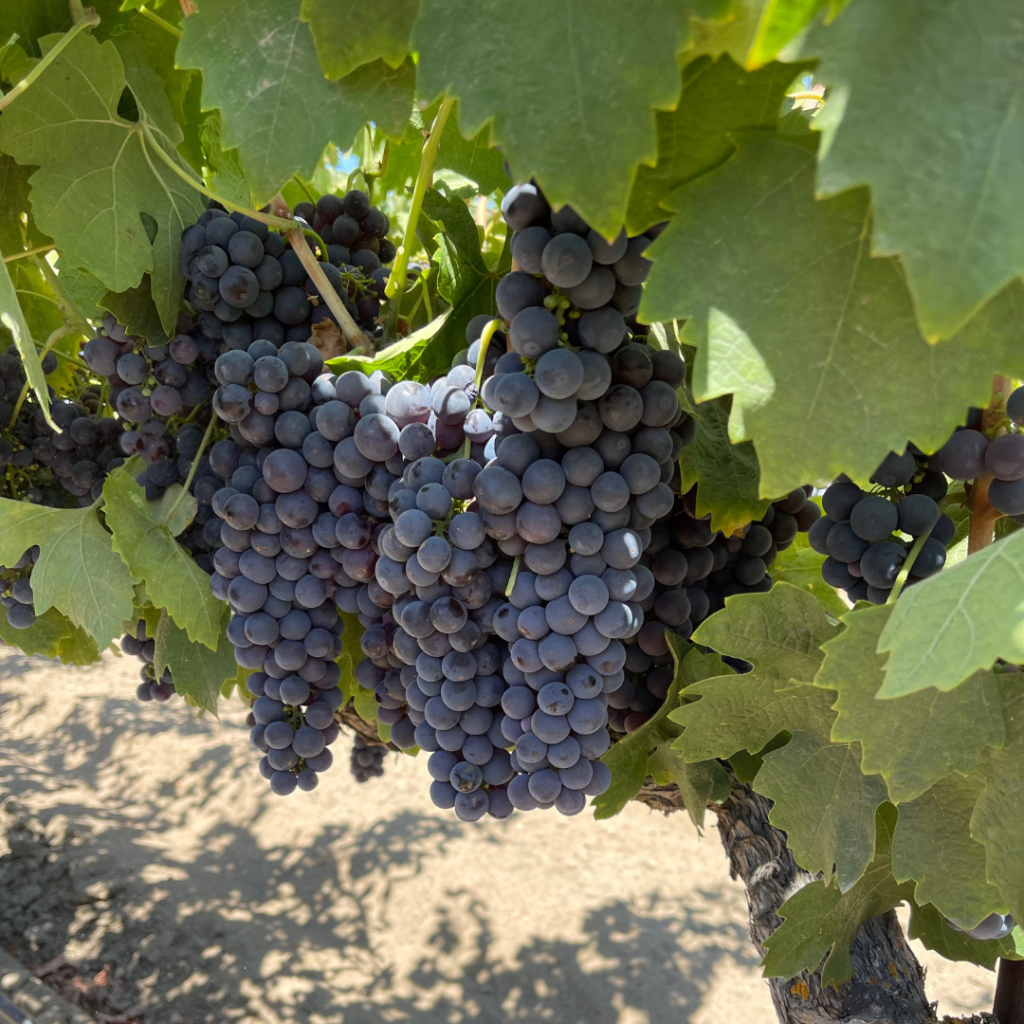
According to google, for a wine grape to be considered “old vine” it needs to be over 20 years old. After about 20-30 years, depending on how the vine has been taken care of, the vine usually will start to produce smaller clusters. These smaller berries are more concentrated and in turn, produce more complex fruit. This is the reason why winemakers go crazy over old vine grapes. The wine that you can make is unlike any other. Although there can be some challenges in the yield department, the wines created from old vines are luscious, complex, and pack a punch.
Fun fact – did you know grape vines can grow for up to 130+ years?!!
A big reason why you see so many Old Vine Zinfandel and Old Vine Primitivo in California is that those were the most widely planted grapes in the US originally. There are vineyards in California with Zinfandel vines that are over 125 years old! One of them is Costamagna’s Vineyards Old Vine Primitivo!!
There is something very special about walking through this Primitivo vineyard for fifth-generation farmer Berton Costamagna. “Since 1902 my family has been here in Lodi farming these wine grapes”, says Berton. “To think that my Nono (Great, Great, Great Grandfather) had the foresight to start a farming adventure back then, by planting his first vineyard of Primitivo here, and to see where it is now, is so inspiring to me.” With its sandy loams and ideal climate, farmers back then quickly saw the potential for growing wine grapes in Lodi, in the heart of California. Fast forward 120 years, and Lodi California has come to be known as the Zinfandel Capital of the World and is now one of the top-producing AVA’s in the world. The Costamagna family has continued farming their family’s clone of Primitivo for all these years for wineries and home winemakers to enjoy with their families. “These grapes make for a great wine, but what is truly special, is these grapes connect us to the hard work, traditions, and memories of my family before me. My hope is that folks can make as many memories drinking the wine from these grapes as our family has made farming them.” 🍇🍷 We can’t wait to receive these grapes from the Costamagna Family!
Interested in making Old Vine Primitivo? check in with us via sales@juicegrape.com or call us at 877-812-1137, follow us on Facebook, Instagram, and Youtube, or check out the Harvest Tracker and Winemaker Blog on our website- juicegrape.com.
Quick Fall Harvest Update
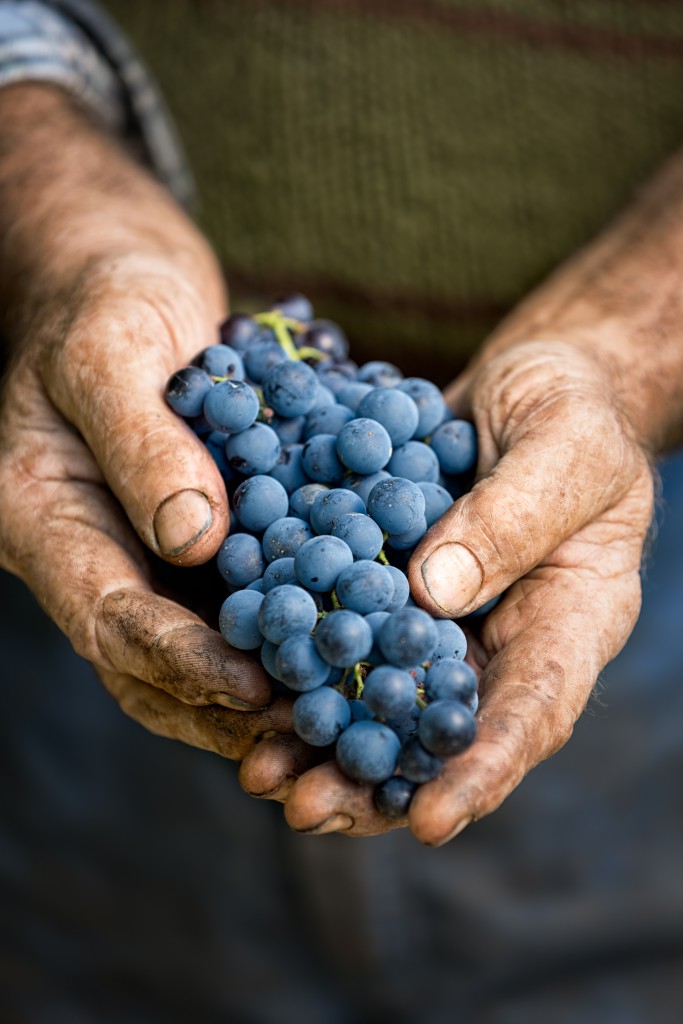
We are working hard to prepare for the fall. The crop is looking to be of normal size. The heavy rainfall we’ve had out West has resulted in very nutrient-rich vines and exceptional skin quality. The California crop was on pace to be about 2 weeks behind this year, but some good weather has pushed that up a bit. Good news from the Lanza team, they have introduced a new box that will hold up better during transportation and the new design will allow for an increase in airflow!
The Washington State is also looking good. We expect it to harvest about 1-2 weeks earlier than last season. We have a new vineyard coming online from Washington. It is called Candy Mountain, one of Washington States’ newest AVA’s. The Candy Mountain vineyard is a south-facing slope that sits just southeast of the Red Mountain AVA. At nearly 900 acres, it’s also the smallest AVA in the state. With outstanding growing conditions, it is expected to produce rich fruit-forward grapes with nice minerality and tannins. We are excited to be bringing this new vineyard to market this season.
Unfortunately, as New Englanders are aware, New York and New England crops were hit with some frost this Spring. If you are interested in NY State juices, please contact Christina as soon as possible. There is little supply due to the frost damage.
We will have more updates coming soon regarding the fall.
Variety focus: Marquette
Marquette grape
What you need to know about Marquette
-
French-American hybrid grape first developed at University of Minnesota in 2006.
-
Cold hardy and grows well in the Midwest and the Northeast because of this.
-
Capable of producing multiple styles, though known for lighter bodied styles.
-
Low tannin, high acid.
-
Benefits from oak aging.
Tasting profile
-
Cherry, cranberry, black olive, grapefruit, chocolate, caramel, black currant, spice.
Growing Marquette
-
VSP is not recommended. It is a highly vigorous vine, which can of course be exacerbated by soil and climactic conditions.
-
Top wire cordon training system is recommended to accommodate this.
What yeast to use for Marquette
-
D254 is a common yeast used.
Fermenting and aging tips
-
As a hybrid variety, it tends to have difficulty holding onto the little tannin it has. Take this into account through employing sacrificial tannins during fermentation, and aging on oak.
-
High acidity means you may need to deacidify with potassium bicarbonate or calcium carbonate.
Variety focus: La Crescent
La Crescent grape
What you need to know about La Crescent
-
Created at the University of Minnesota in 2002.
-
Excellent cold hardiness, and usually harvested mid-season.
Tasting profile
-
Apricot, pineapple, citrus, tropical, floral
Growing La Crescent
-
Its leaves are very susceptible to downy mildew, though the fruit is quite resistant.
-
It is a very vigorous vine.
What yeast to use for La Crescent
-
Lalvin C, SVG, 71B, which can all help to lower TA, as may be needed.
Fermenting and aging tips
-
Can make a variety of wine styles easily.
-
Significant malic acid in this variety – be aware of this.
Variety focus: Vidal Blanc
Vidal Blanc grape
What you need to know about Vidal Blanc
-
French-American hybrid created from a cross of Ugni Blanc (vinifera) and Rayon d’Or (hybrid).
-
Commonly used to make ice wine, but also makes a great still or sparkling wine. Known for its stylistic versatility.
-
Originally created with the intention of being used for cognac production.
Tasting profile
-
Tropical, pear, citrus, candied fruit, melon, mango, lychee, honeysuckle.
Growing Vidal
-
Thick skinned and cold hardy, which makes this variety ideal for the ice wine it is renowned for because it can stay on the vine long enough to freeze without becoming overripe or falling off the vine.
-
Highly susceptible to powdery mildew and anthracnose, botrytis, and mildly susceptible to downy mildew.
What yeast to use for Vidal
-
Alchemy, BA11, DV10, M2, Vin13
Fermenting and aging tips
-
Generally higher acidity; deacidification may be needed pre-fermentation.
-
May have difficulty getting through MLF if pH is too low.
Grow your own: backyard vineyard
Planting a backyard vineyard can be a daunting task and depending on how much work you want to put into it and the size of the vineyard, it’s definitely possible that it will end up taking up a lot more time than you had even anticipated. But – it is so worth it when you get to make wine from the literal fruits of your labor!
You may want to just get some vines into the ground and see what happens in the coming years, or you may be planning out dimensions, estimated yield, trellissing and pruning strategies as you daydream at your day job. Either way, you are going to need a core understanding and essential equipment to best plan and install your backyard vineyard in spring.
Research the below topics in as much detail as possible before planting your backyard vineyard. You will be making a lot of decisions and each decision you make will affect all other decisions that follow. Have a solid answer to the following questions:
- What is the soil type? Are there nutrient deficiencies (or excesses?) Climate and micro-climate of the chosen location? Slope and direction the vines will be planted in? Will you need to amend the soil at all and if so, how?
- What grapes will grow best in these conditions? (And are these varieties you even have an interest in growing?
- How will the vines be planted? (Shovel, post hole digger, PTO-driven tractor mounted post hole digger?)
- Will you plant an inter-row cover crop?
- Is an irrigation system something that is needed?
- Which disease pressures are you most likely to encounter, and what are you open to spraying in order to combat it?
- What trellissing system, inter row spacing, and between vine spacing are you interested in doing?
Helpful tips from those who have done it:
- Work hard to get your shoot (which will become the trunk) as straight as possible. This isn’t just about aesthetics, it’s about practicality. Regardless of whether you’ll be going through the rows with a tractor, you’ll still likely be going through with a mower; having trunks that lean out into the row can be a disaster waiting to happen. Consider using metal rods as opposed to bamboo shoots – there’s less potential for breakage over the first couple of years.
- If you will be using a tractor, make sure you leave plenty of room in the headlands (the space surrounding the vineyard where you will be turning the tractor around after riding through each row) – without ample space, you’ll find yourself unable to turn into the next row!
- Amend your soils before. It’s impossible to incorporate amendments to the soil post-planting in the same capacity as pre-planting.
- Don’t just plant grapes that will grow – plant grapes that will grow AND that you care about! You’ll be a lot more excited about caring for your Cayuga grapes if you enjoy making Cayuga wine, as opposed to feeling lackluster about your Seyval grapes if you don’t actually enjoy making Seyval wine, as an example.
Despite the fact that vines can always be removed if need be, vineyards in and of themselves are pretty permanent perennial structures. They’re not going anywhere unless they die or you rip them out. So do as solid a job as possible when you are putting in the initial work. Trying to fix mistakes made in the creation of the vineyard after the fact are so much more difficult to navigate as opposed to putting in that little bit of extra work at the onset and doing it right.
Look over the questions posed above, be certain you have solid answers and reasoning behind each one, and you’re well on your way to having your very own homemade wine, from vine to bottle. Cheers and happy planning and planting!
How to Avoid a Stuck Fermentation during the Spring Wine Harvest
How to avoid a stuck fermentation

How can you tell if you have a stuck fermentation?
- Your wine is stuck at 2-5 Brix for more than a few days
- Your wine tastes very sweet
What causes a stuck fermentation?
- High sugar levels – 26+ Brix
- High fermentation temperatures
- Low nutrient levels
- Must not punched down or mixed during fermentation
- Inncorrect yeast strain
So.. how can you avoid it?
- If you have high Brix you can water back your must
- You can ice down your must with dry ice or frozen water jugs
- Add the correct amount of nutrients during fermentation
- Punch down and mix must reguarly
- Research and add the appropriate yeast
Not using yeast? Doing a native ferment? Here are some tips to avoid a stuck fermentation
- Keep cellar CLEAN – the cleaner the cellar the less bacteria has the opportunity to flourish and kill your batch
- Check your Brix and make sure they are manageable, if high, water back
- Keep track of your fermentation temperatures
- Keep the temperature in your winemaking cellar as constant as possible
A stuck fermentation can be painful. We highly suggest you take the neccessary steps to avoid it!
Need to fix your stuck fermentation? Check out our video on WinemakingInstructions.com and this Fixing a Stuck Fermentation Blog Post.
For exact measurements and instructions, follow the directions on the manufacturer’s packaging, contact a winemaker at Musto Wine Grape Company for assistance, or download our Full Class offering at WinemakingInstructions.com.
We’re here to help when you need it
As stated above, Musto Wine Grape offers a variety of products as well as services including testing and support. Email winemaker@juicegrape.com or call (877) 812 – 1137 to speak with someone who can assist you.
Product Spotlight: Crusher Destemmer
You’ve got your fresh wine grapes in tow, and now its time to make some wine! If you don’t take advantage of our crush and destem service, you’ll have to crush and destem your grapes. We offer a variety of crushers, and crusher-destemmers to fit any winemaking project. We’ll cover some of our top options to help you determine which one suits you best! The most popular crusher destemmer is the stainless steel electric crusher destemmer. With an electric motor that does all the elbow work featuring an all stainless steel assembly, it is corrosion resistant and will last you for many winemaking seasons to come.

Stainless Steel Electric Crusher Destemmer
This crusher destemmer is motorized, with a stainless steel hopper and body. It has an hourly production rate of 1,500kg (about 3,330lbs). Its electric motor is 100volts/1hp, and it’s dimensions are 100 x 550 x 580h mm. The hopper dimensions are 900 x 460 mm and it has a removable protection box. This piece of equipment is a great investment for a winemaker who has plans to crush and destem an average of 50 or more lugs of grapes. With proper cleaning and storage, this machine will last a winemaking lifetime! We also carry the matching stand for our crusher destemmers, in both painted and stainless steel.
If the stainless steel crusher destemmer is a bit out of your winemaking budget, we carry one nearly identical but that is painted:
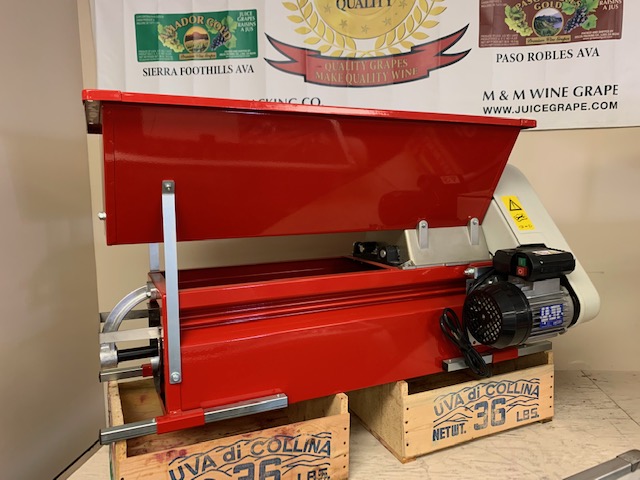
Electric Crusher Destemmer with Painted Hopper and Body
All the specs are identical to the stainless steel crusher destemmer except for the fact that this one is painted steel. The downfall of this machine is that it is susceptible to corrosion if not cleaned and stored properly. With proper cleaning and storage, it will surely last you many years. If you’re looking for something in the middle, we have that too!

Electric Crusher Destemmer with Stainless Steel Hopper and Painted Body
If you’re looking for a slightly more budget-friendly crusher destemmer with that boost of corrosion protection, this stainless steel hopper, painted body crusher destemmer is perfect. Once again you’ve got identical specs to our other options above, without having to compromise too much on either advantage of corrosion protection or budget.
If you are a home winemaker with less than 50 lugs of grapes on average and a smaller equipment budget, we also carry manual grape crushers and crusher destemmers. They come in the same options as our electric crusher destemmers including fully stainless steel, fully painted, or stainless steel hopper/painted body.
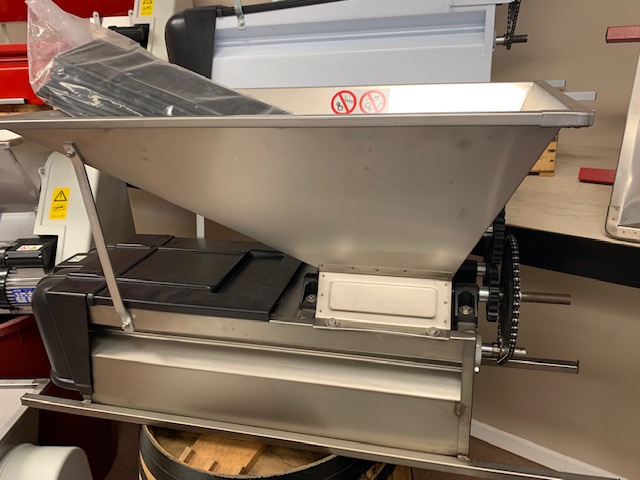
Stainless Steel Manual Crusher Destemmer
The Grifo hand powered crusher destemmer has a hopper size of 900 x 500 mm, and the Aluminum rollers are 220 mm. The hourly production rate is about 700-800kg (1500-1750lbs) and is a great option for a winemaker processing up to about 50 lugs of grapes and is looking for corrosion protection.
Painted and Stainless/Painted Manual Crusher Destemmer
With the same specs as the stainless steel but more wallet friendly, the painted and stainless manual crusher destemmer is a great option.
With lots of options to choose from, Musto Wine Grape has your winemaking needs taken care of.
Interested in making your own wine? Musto Wine Grape Company is here to help! Musto’s New England’s largest supplier for home winemaking products and services. Visit juicegrape.com or give us a call at (877) 812 – 1137 to learn more.






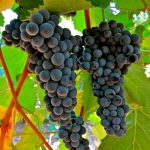
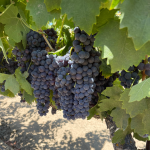
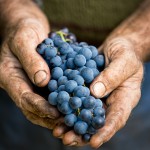
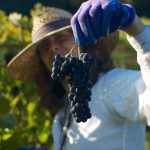

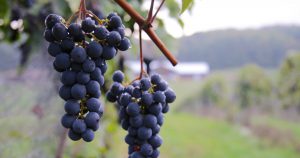
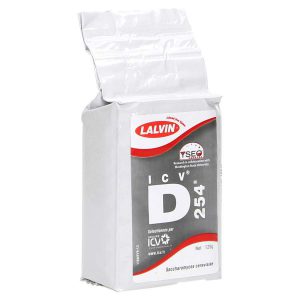
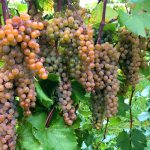

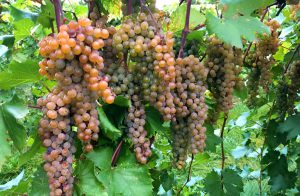
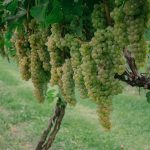
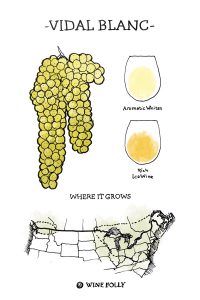
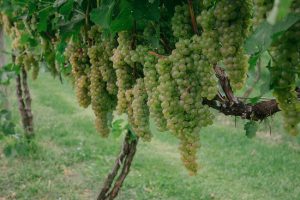

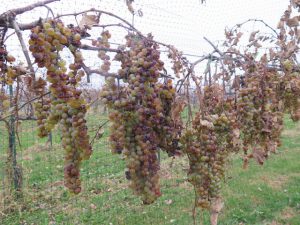
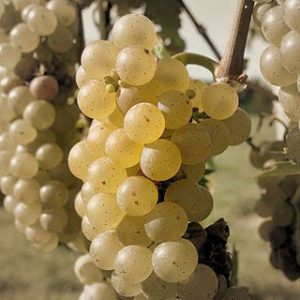
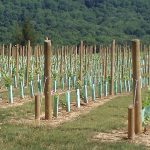
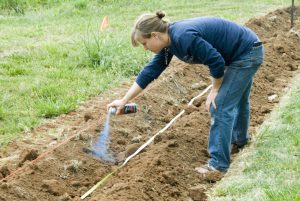
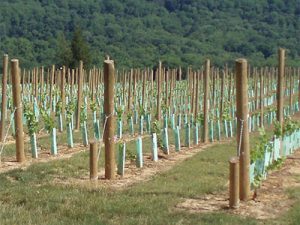
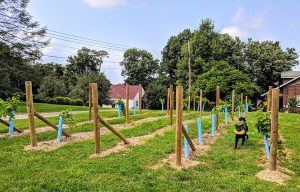
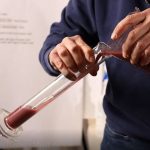
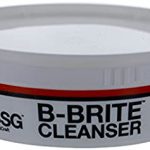
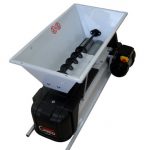
Recent Comments